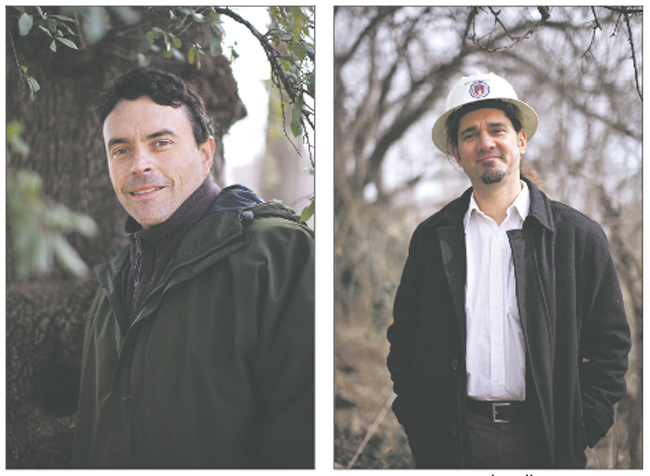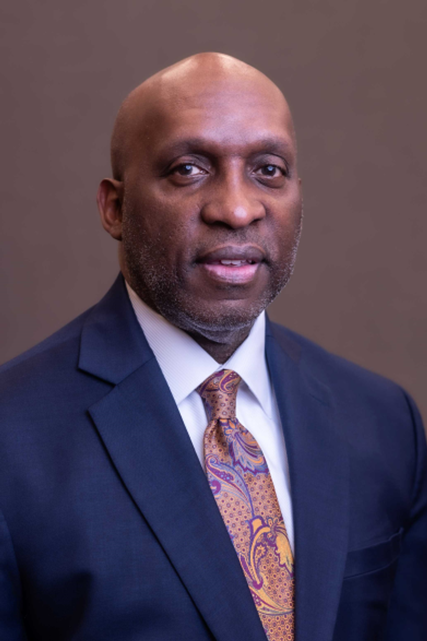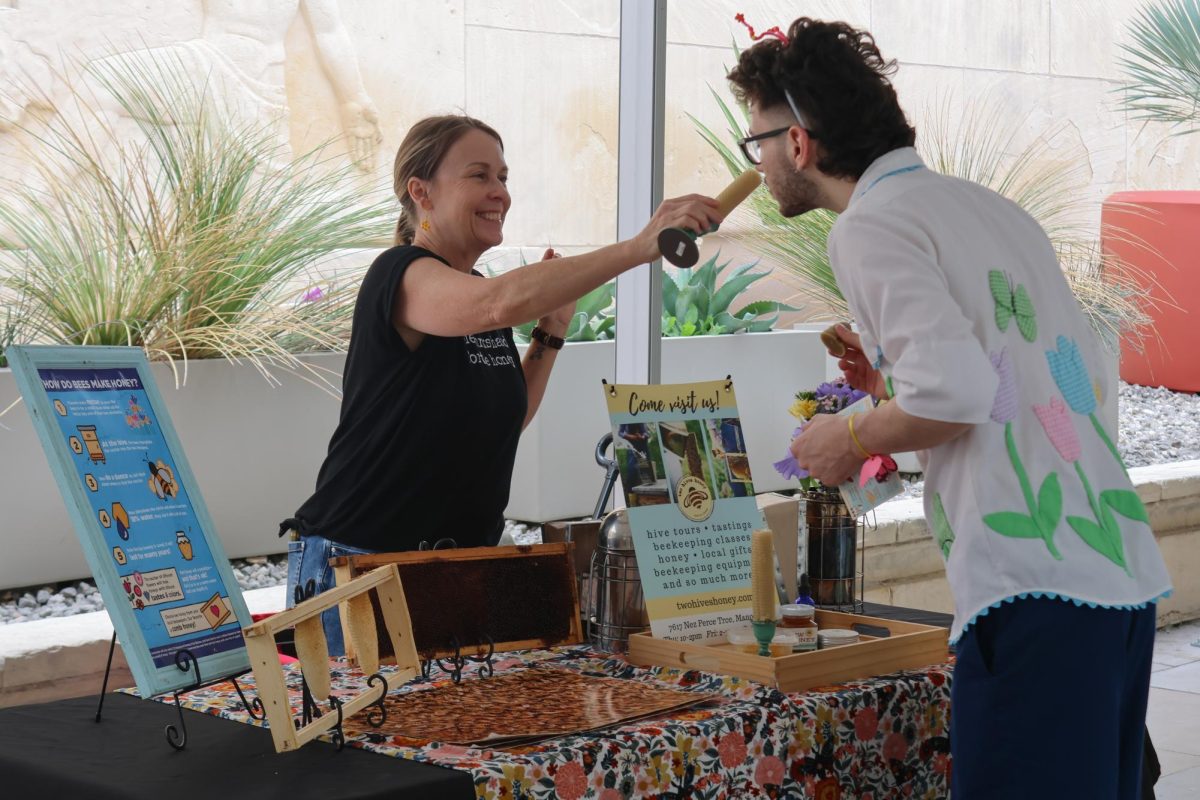Jim Carse went from climbing trees as a Boy Scout to preserving and moving trees as the University’s assistant manager of urban forestry.
With his team of four arborists, Carse helps manage and maintain the trees on the main campus as well as on several other UT properties, such as the Pickle Research Campus.
“It’s a fun job,” Carse said. “I like working with the students and teaching people about trees. I’ve always loved that.”
Carse is currently involved in the process of transporting 12 trees from the grounds where the Dell Medical School will stand in 2016.
“There are a lot of trees that exist there now that need to either be cut down or moved, and we’ve chosen to move as many as we can,” Carse said.
Roughly 50 trees have been relocated throughout campus in the past 15 years, according to Carse. Each of the 12 trees being moved will stay on campus.
“It’s a big process to move big trees,” Carse said. “But the University is and has been very dedicated, both with support and funding, to try and save trees, so we’re excited about it.”
A crew excavates the trees, which are supported by metal pipes and lifted by crane onto a truck for transportation. Carse said he is able to hire private companies to help with tree maintenance, if necessary.
“We have about 5,000 trees on main campus,” Carse said. “We hire out contractors to do some of our bigger pruning jobs.”
Since the University is state-owned property, the City of Austin’s tree ordinances do not apply to trees on campus, but Carse said the University still follows the ordinances as closely as possible.
“We want to be a good example to our neighbors and to the community,” Carse said. “That’s why the University has kind of gone out of its way to preserve some of these big trees.”
Michael Embesi, the City of Austin arborist, manages trees that stand outside campus but within Austin. Embesi said he works closely with Carse when trees on the edges of campus are in question.
“There are times that we share responsibilities on certain projects, and there are times that we rely on each other for our professional opinions,” Embesi said. “We’ll call one another in those situations.”
According to Embesi, Austin stands out among other cities for its commitment to preserving trees.
“I’m very honored to work in a city that holds such high value to the natural environment,” Embesi said.
Embesi works with other arborists to issue permits to development companies and residents. These permits allow tree removal or construction near a specific tree.
“The city arborist is required to assess impacts to [Austin’s] trees, which could include the outright removal of the tree, or it could include requests to build close to that tree,” Embesi said.
Trees offer numerous social and environmental benefits, according to Embesi.
“Trees benefit us environmentally, but they also bring an incredible value to us socially because of that comfort level that those trees bring to our communities,” Embesi said.





















